

| Visitors Now: | |
| Total Visits: | |
| Total Stories: |

| Story Views | |
| Now: | |
| Last Hour: | |
| Last 24 Hours: | |
| Total: | |
See Spectacular Infrared Images Of Galaxies
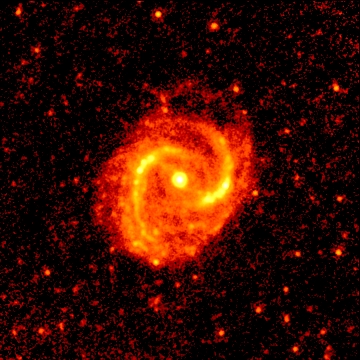
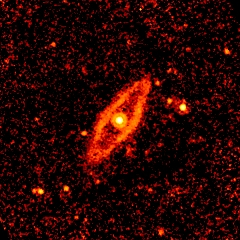
These galaxies is just two of the over 200 galaxies for which reprocessed Spitzer Space Telescope data are being released to the general public for the first time.
The pictures are mid-infrared (24 micron wavelength) reprocessed images of nearby galaxies observed with Spitzer between 2003 and 2009. Amongst the images are the galaxies M60, M61, M88, M91 and M98, all of which lie between 47 and 63 million light years away in the large cluster of galaxies found in the direction of the constellation of Virgo.
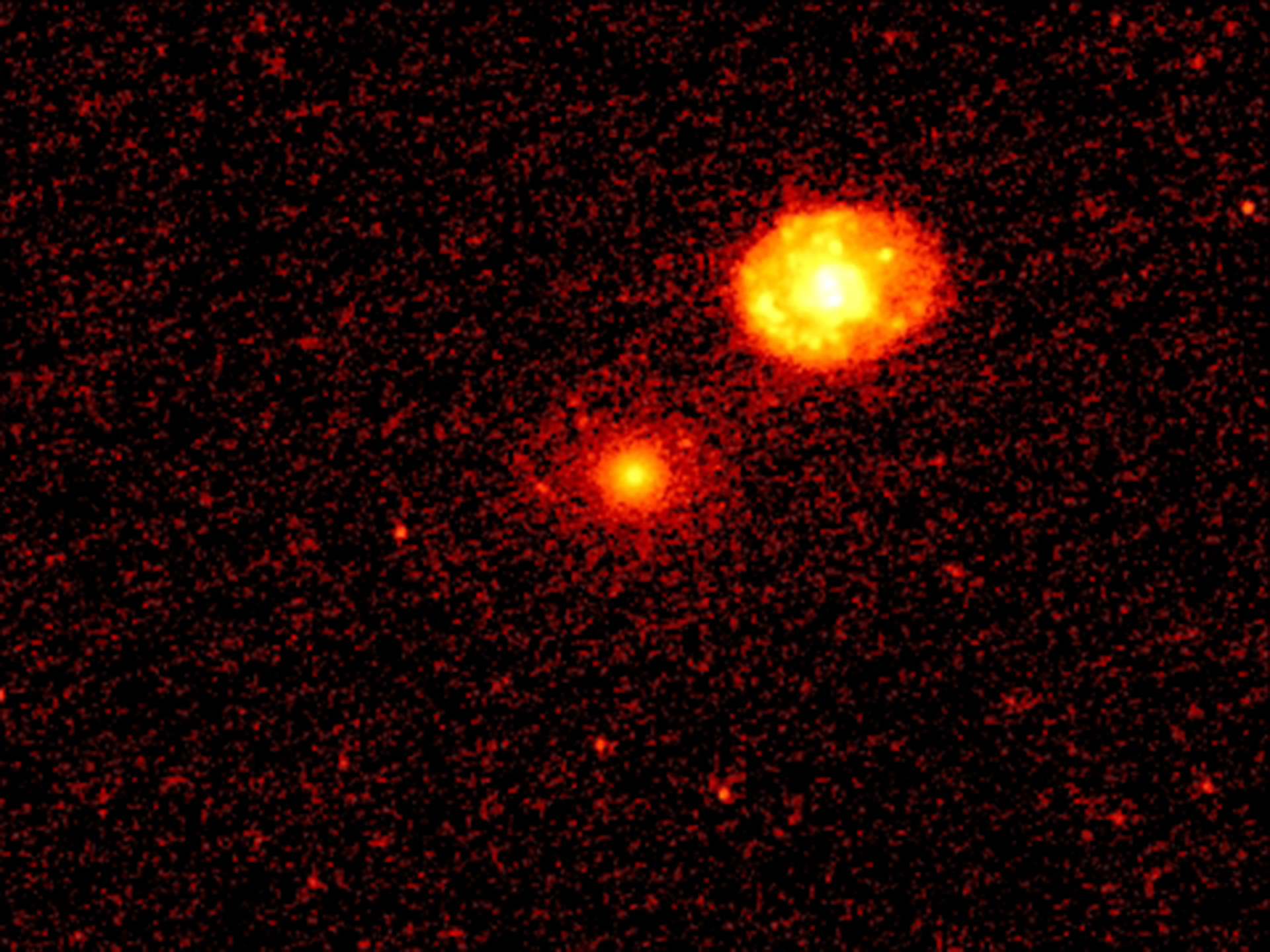
The mid-infrared light from these galaxies primarily traces interstellar dust heated by the hot young stars found in the places where stars are forming. The images, which are being made available to the public for the first time, are a small sample of those that will be released later in the year.
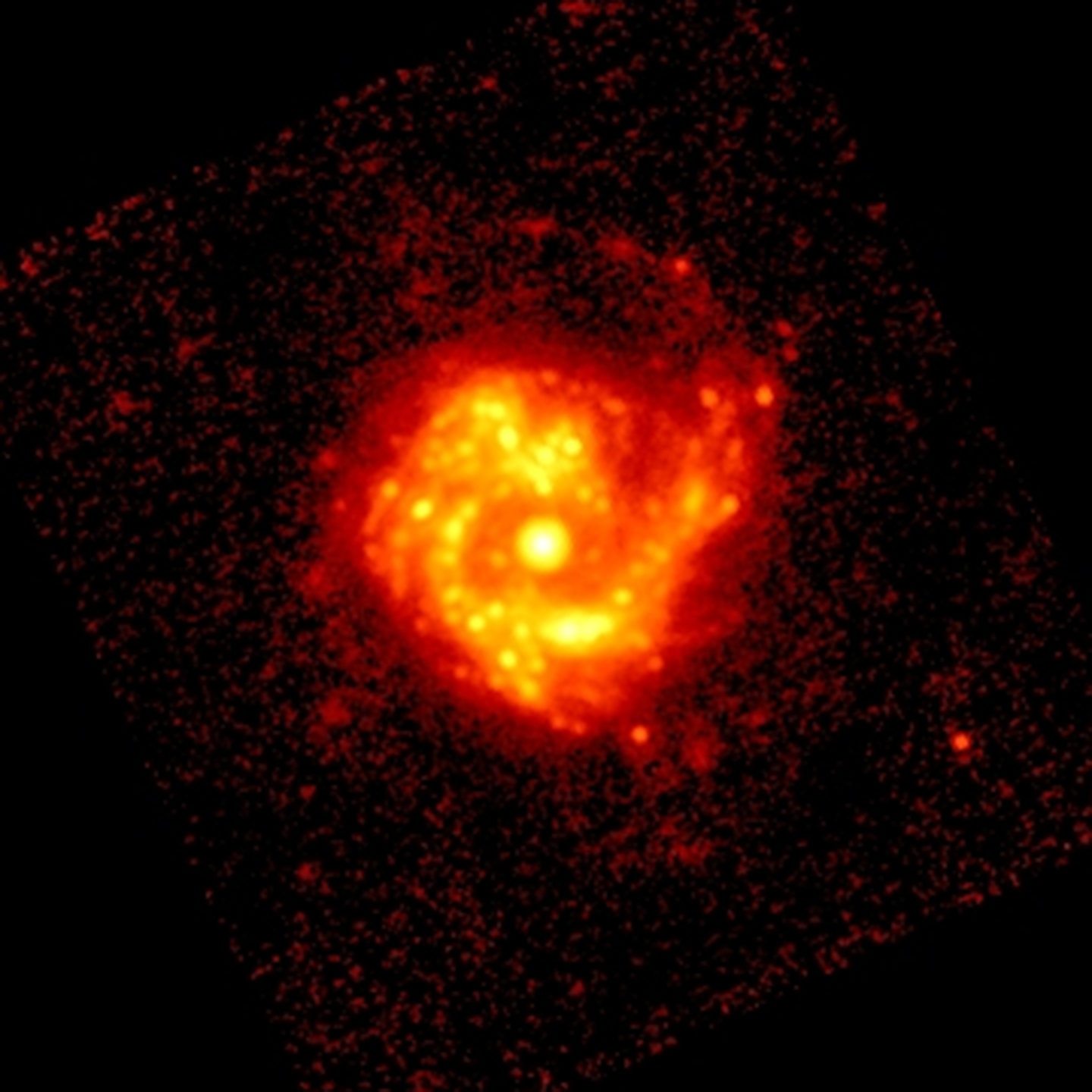
Dr Bendo explains how complicated it was to make the data usable for science. “The 24-160 micron Spitzer images need expert processing to be suitable for scientists, let alone the general public and until now many of them had been overlooked. I volunteered to do this work for these galaxies as they will soon be observed by the Herschel Space Observatory at far-infrared wavelengths. With processed Spitzer data, astronomers will be able to make a direct comparison between the views from each telescope.”
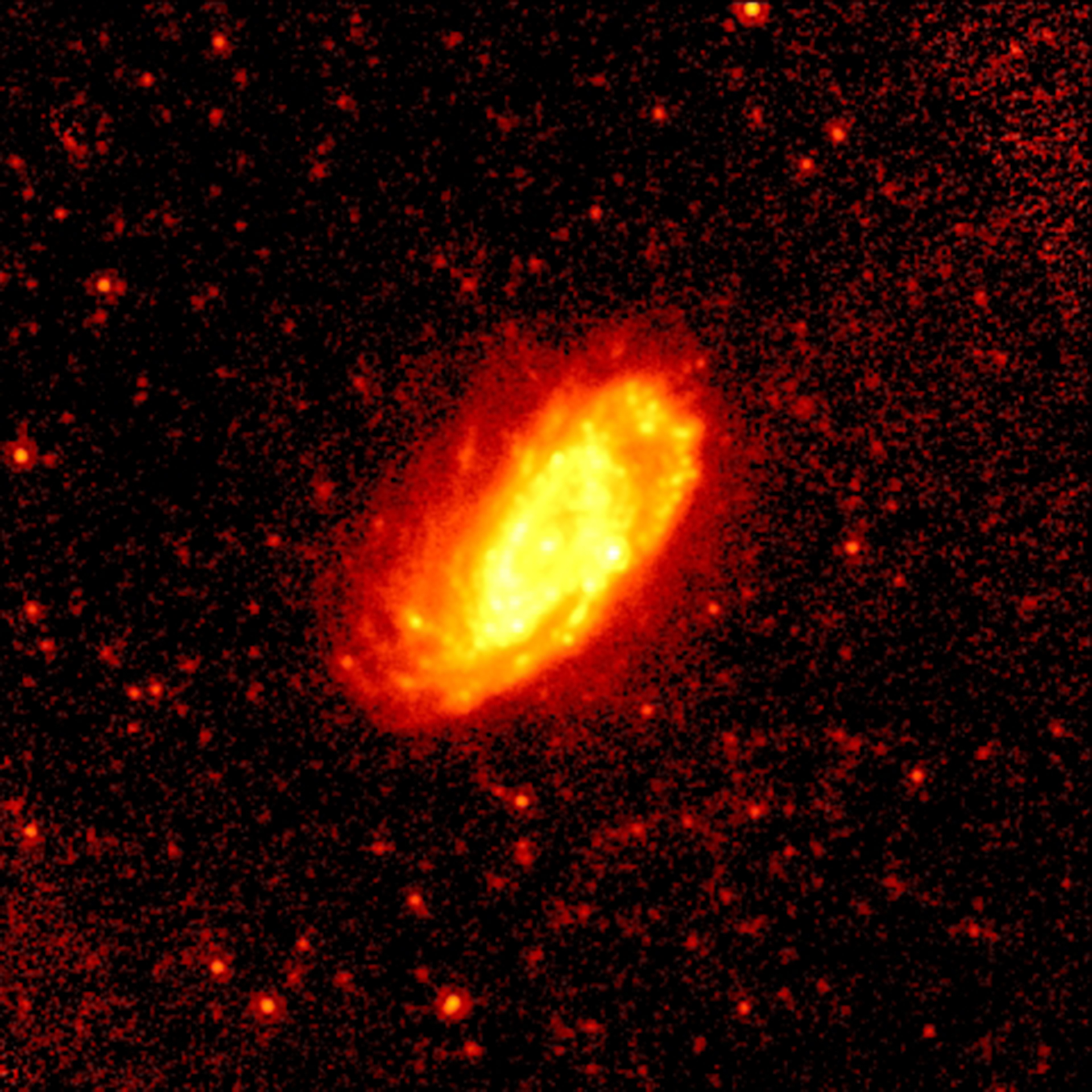
He is delighted to be bringing the Spitzer material to the public: “These data show the intimate connection between the interstellar dust in galaxies, here seen shining in infrared light, and the formation of stars on a grand scale. Now anyone with Internet access can download these extraordinary pictures for themselves and take a look at some of the objects being studied by the world’s leading astronomers, as part of their effort to better understand the universe we live in.”
NGC 4298 and NGC 4302 both appear close to each other in sky but are actually further apart than implied by this image. Both of these galaxies are located in the Virgo Cluster and are falling towards the centre of the cluster.
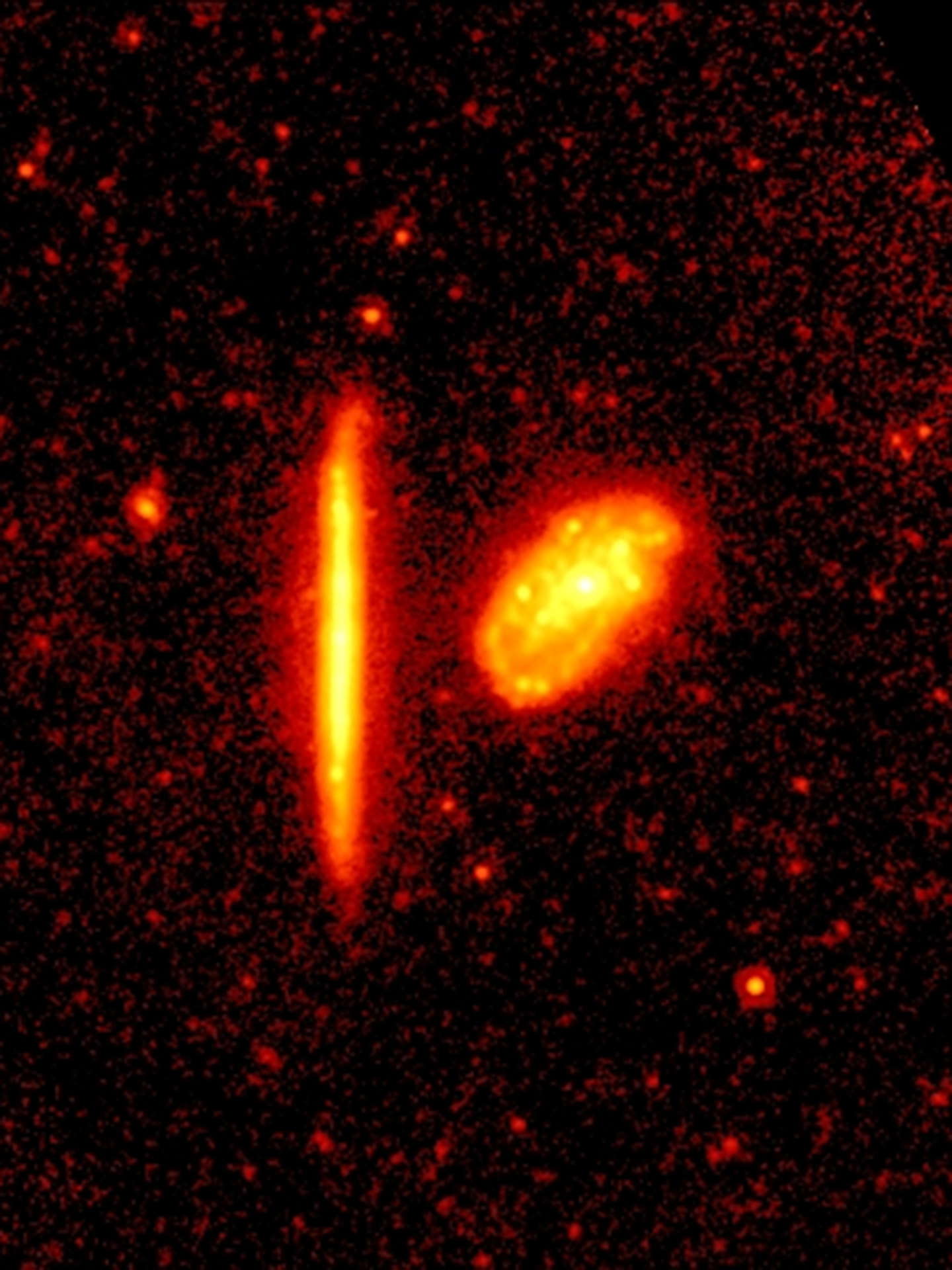
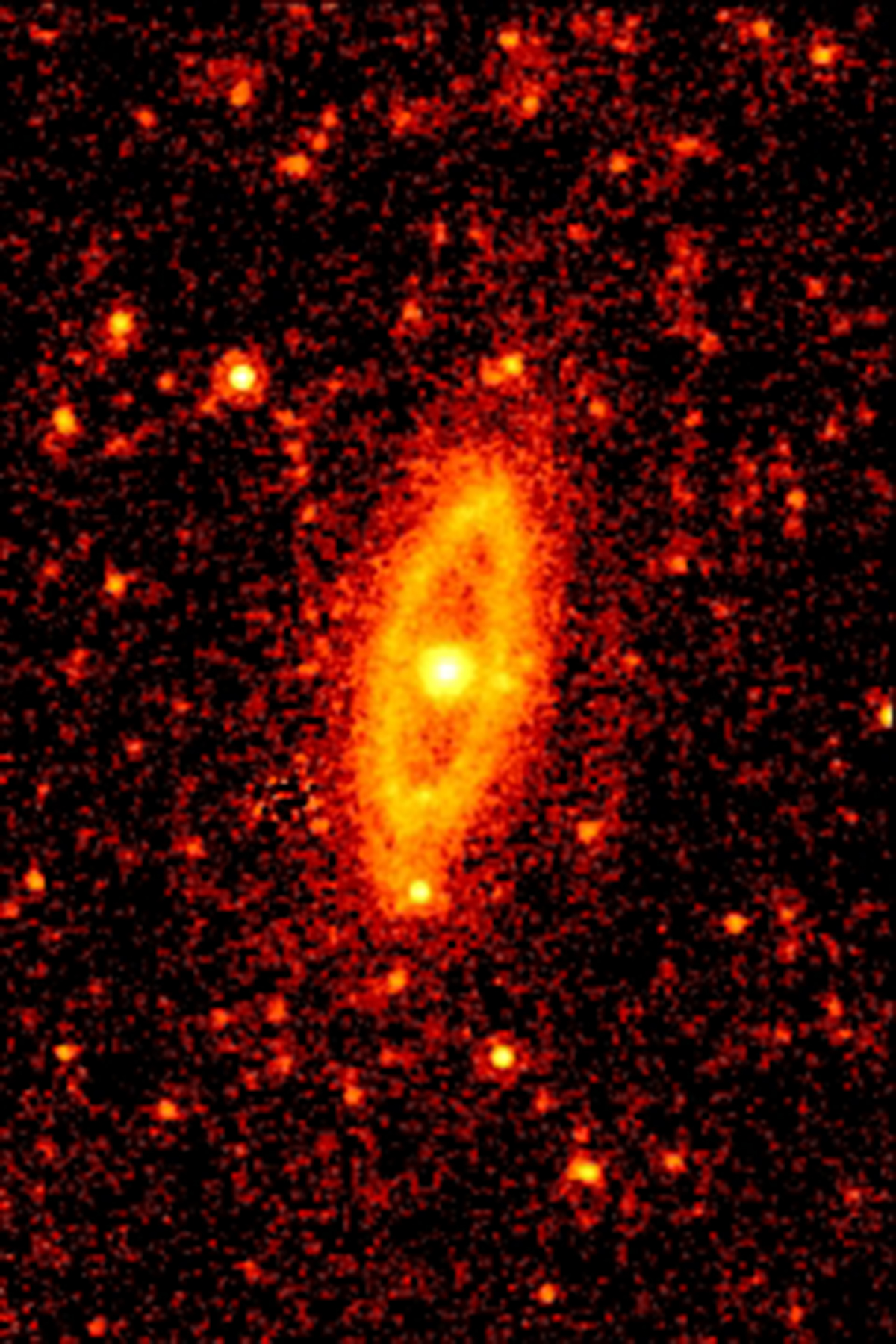
Dr Robert Massey
Royal Astronomical Society
The scientific data are available from:
http://hedam.oamp.fr/
ttp://www.jb.man.ac.uk/~gbendo/exchange/SpitzerData/spitzerdata_main.html
http://www.spitzer.caltech.edu/
http://coolcosmos.ipac.caltech.edu/
Read more at Nano Patents and Innovations
Source:


